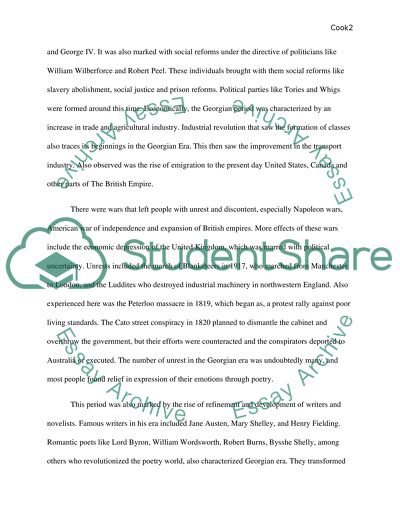Cite this document
(“Wilfred Owen - Dulce et decorum est Research Paper - 2”, n.d.)
Retrieved from https://studentshare.org/literature/1624567-wilfred-owen-dulce-et-decorum-est
Retrieved from https://studentshare.org/literature/1624567-wilfred-owen-dulce-et-decorum-est
(Wilfred Owen - Dulce Et Decorum Est Research Paper - 2)
https://studentshare.org/literature/1624567-wilfred-owen-dulce-et-decorum-est.
https://studentshare.org/literature/1624567-wilfred-owen-dulce-et-decorum-est.
“Wilfred Owen - Dulce Et Decorum Est Research Paper - 2”, n.d. https://studentshare.org/literature/1624567-wilfred-owen-dulce-et-decorum-est.


